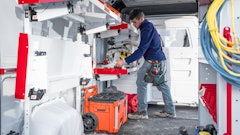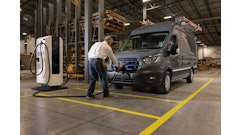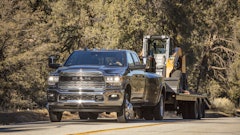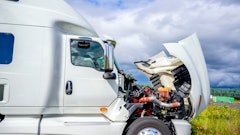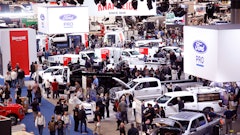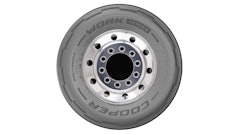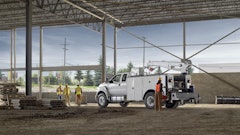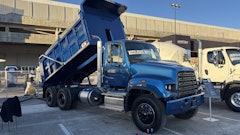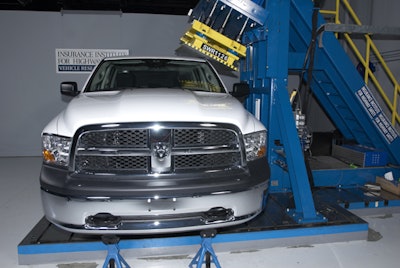
Ford and GM use essentially the same cab structures for their light-duty and heavy-duty pickup trucks. The implication is that pickup cabs of current Ford, Chevrolet and GMC half-ton pickups should also protect the occupants of their HD counterparts. But do they?
The Insurance Institute for Highway Safety measures the amount of deflection a half-ton pickup’s roof will absorb under a constant and even amount of force. Based on the amount of intrusion into the cabin, IIHS rates vehicles good, acceptable, marginal or poor.
IIHS ratings of the crew-cab half-ton pickups:
- 2016 Ford F-150 SuperCrew: good (strength-to-weight ratio: 5.85)
- 2016 Chevrolet Silverado 1500 crew cab: good (strength-to-weight ratio: 4.10)
- 2016 Ram 1500 crew cab: marginal (strength-to-weight ratio: 2.97)
- 2016 Toyota Tundra CrewMax: acceptable (strength-to-weight ratio: 3.94)
But neither IIHS nor NHTSA crush test heavy duty pickups. And the HD models are much heavier. In the case of a rollover, the roof seems more likely to collapse on passengers than in the lighter half-tons.
PickupTrucks.com says it likes the direction truck makers are taking by building safer cabs for half-ton pickups, but asks if they shouldn't they also be making even stronger structures for their HD counterparts?

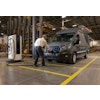
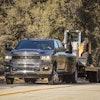
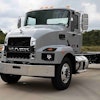
![[Video] 2016 Ram 3500 Heavy Duty Towing and Hauling](https://img.forconstructionpros.com/files/base/acbm/fcp/image/2016/08/default.57b4857485762.png?auto=format%2Ccompress&fit=crop&h=167&q=70&w=250)
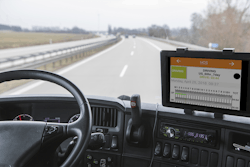
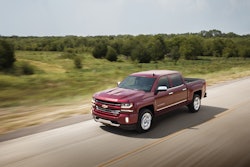
![[VIDEO] Chevy Ad Intends to Compare Steel to Alumimum Pickup Truck Beds' Durability](https://img.forconstructionpros.com/files/base/acbm/fcp/image/2016/06/default.5758d09651704.png?auto=format%2Ccompress&fit=crop&h=167&q=70&w=250)
